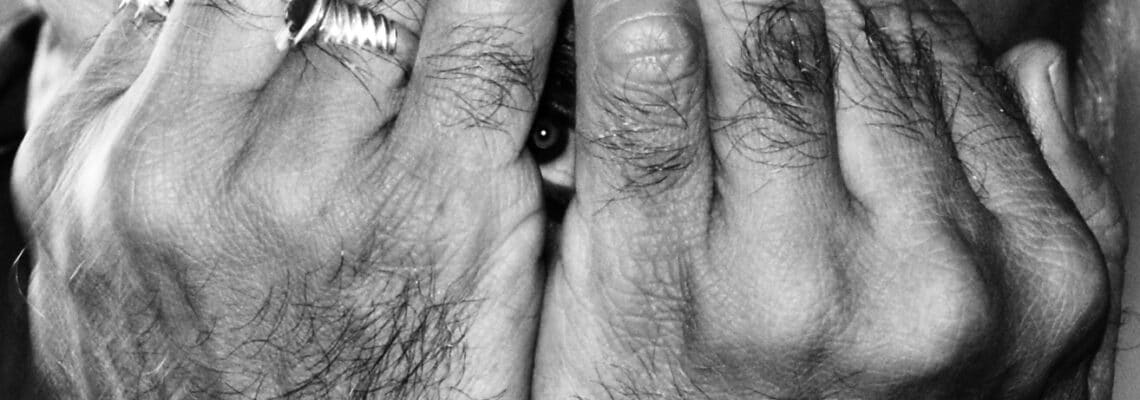Overview: Elder Abuse as a Public Health Problem
According to the National Center on Elder Abuse, one out of ten Americans ages 60 and over has experienced some form of abuse. The New York State Elder Abuse Prevalence Study determined that for every case of abuse that went reported, nearly 24 cases went unreported. By 2050, the U.S. Census Bureau predicts that adults ages 65 and over will comprise 21 percent of the population. As a result of these factors, experts believe that elder abuse will continue to increase and pose a serious public health problem that will cost the health care system billions of dollars.
What are the Different Types of Elder Abuse?
Elder abuse, which usually occurs in domestic and institutional setting, occurs in six basic forms. Physical abuse occurs when a person inflicts pain or injury upon an elderly person. Emotional abuse takes place when a person inflicts mental pain or distress upon an elder through verbal or non-verbal acts. Sexual abuse occurs when a person engages in non-consensual sexual contact with an elder, or forces him or her to witness sexual acts. Exploitation occurs when a person misuses or illegally takes an elderly person’s funds or assets. Neglect takes place when a person fails to provide a vulnerable elder with basic needs such as food, shelter or health care. Finally, abuse can take the form of confinement in which an elderly person is restrained or isolated for reasons other than medical treatment.
What Factors Make an Elderly Person Vulnerable to Abuse?
According to researchers, two key factors increase an elderly person’s risk of being abused. The first factor is when an elder has some form of mental or cognitive impairment, such as Alzheimer’s or dementia. In a 2009 study, researchers determined that 50 percent of dementia sufferers experienced some form of elder abuse. A 2010 study found that 47 percent of dementia patients were mistreated by caregivers. Another major risk factor is social isolation. Elderly people who are isolated often do not get the chance to report their abuse. In some cases, caregivers or family members who are perpetrators of the abuse may isolate the elder even more to prevent the abuse from being discovered or reported.
Does Abuse Take Place in Nursing Homes?
Yes. A 2000 study surveyed 2,000 nursing home residents, and 44 percent of those surveyed said that they had been abused. In addition, 95 percent of the residents said that they had been neglected or saw another resident be neglected. In 2008, the U.S. General Accountability Office uncovered that 70 percent of state surveys conducted by nursing home inspectors missed at least one deficiency. Moreover, 15 percent of the state surveys missed cases where a resident suffered from physical harm.
Who are the Perpetrators of Elder Abuse?
In 90 percent of all elderly abuse cases, the perpetrator is a family member; 75 percent of elderly abuse cases involve an adult child or spouse of the victim. In some cases, the family member is financially dependent upon the elder due to mental illness or substance abuse issues, which increase the likelihood of a person’s abusing an elderly person.
What are the Warning Signs of Elder Abuse?
There are many different signs to look for to detect elder abuse. For instance, bruises, broken bones, cuts and burns may be a sign of physical abuse and neglect. Elders who withdraw from normal daily activities and appear depressed may be experiencing emotional abuse. Unexplained sexually transmitted diseases as well as bruises in the genital area may be warning signs of sexual abuse. An elderly person who experiences a sudden change in financial status may be the victim of financial exploitation. Signs of neglect may include bedsores, poor hygiene and weight loss.
More information on the various types of elder abuse can be found on the National Council on Aging website.




